Superstorm Sandy is considered one of the most devastating hurricanes in history. After the hurricane hit, it left people picking up the pieces of debris and whatever was left of their homes and businesses. Little did people know that as they were picking up debris they’d find a cargo ship that vanished nearly 90 years ago.
The U.S. Army engineers dug up the remains of the ship near the Barnegat Inlet, which was just up the coast from Atlantic City. Still much of an unknown to archaeologists and historians today, the vessel sank in February 1926. The ship was making its voyage from Boston to Norfolk, Virginia and was buried under the sand for decades after sinking.
The Army Corps of Engineers had accidentally found the well-preserved wood and metal left from the wreckage when they were trying to fix the inlet’s North Jetty in 2014. Engineers had unearthed metal fastenings, nails, fragments of the hull, and other larger chunks of wood that refused to be let out of the sandy bottom. After digging up the remains, the Army left the pieces to experts. After examining the pieces further, the experts believed that the vessel was one of three that disappeared on the same day in 1926.
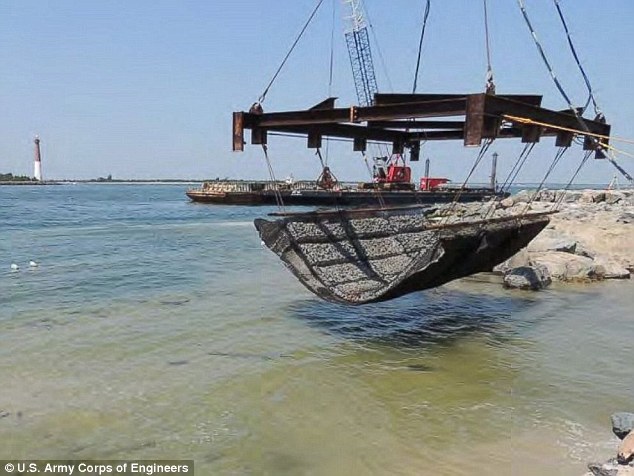
The experts also reported that the ship was a schooner barge, which was a cheap vessel used for transporting heavy cargo such as coal and lumber. The vessels were generally unpowered and were dragged up and down the Eastern seaboard by tugboats. This strategy was used since it allowed the maximum amount of cargo to be moved without hiring a large crew, and it used very little fuel.
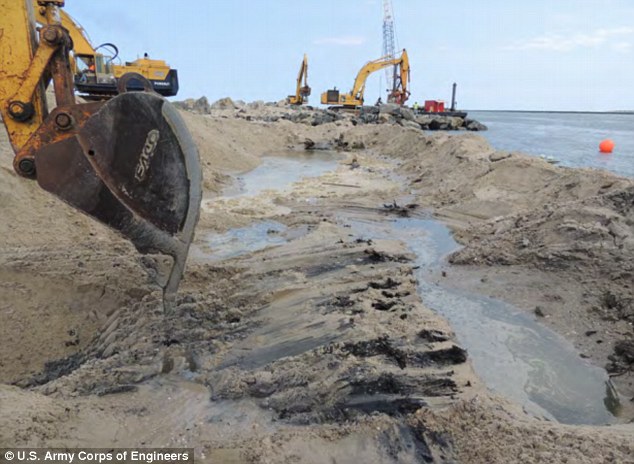
What is interesting is that the cargo ships were used so often and by so many companies that they generally wouldn’t have been named – they would’ve only received a number when being used. After discovering that the ship would have a number instead of a name, the experts tried finding out by the process of elimination which number the ship could be. They came back with several possibilities, judging by the age of the wreck. The ship could either be Numbers 20, 21, or 28. Numbers 20 and 28 are dated back to 1899 and were built in Bath, Maine. Number 21 was built in 1901 in Baltimore.
Thanks to the way the ship rested on the bottom of the sea, the experts were able to identify the boat. They identified the flank, which was revealed during the excavation process. The wreck was found tipped on its side and mostly filled with sand. Since a majority of the ship is still buried, the remains that were excavated were put back, held down by rocks. It is unclear whether or not the ship will be fully excavated or not.
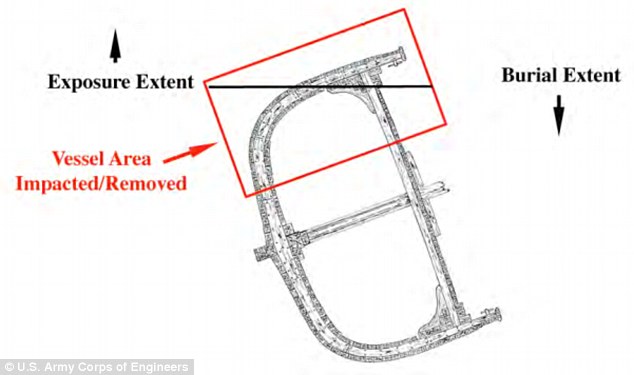
The shipwreck is actually one of many in the area of the New Jersey coast. It is estimated that over 7,000 ships have wrecked along the coast, dating back from centuries.
There are two main cargo ships that are used for everyday shipments, the bulk cargo and break bulk cargo. The bulk cargoes generally carried grain or coal that is transported unpackaged in the hull of a ship.
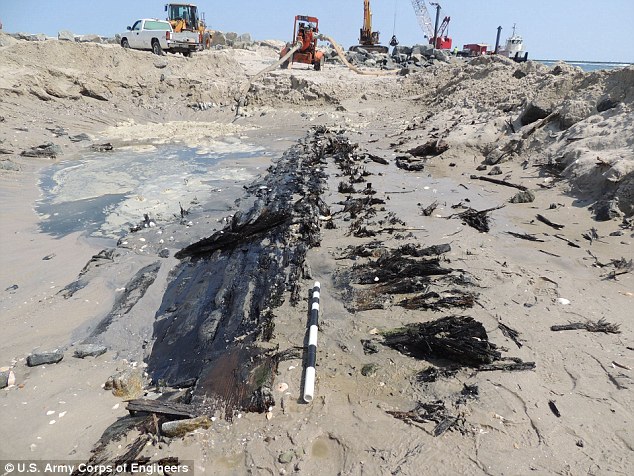
Breakbulk cargoes are transported in packages and are usually manufactured goods. Before containerization in the 1950s, break bulk items were loaded, lashed, unlashed, and unloaded one at a time. Now, however, by grouping the cargo into containers, it is moved at once and is secured to the ship in a standardized way. Using containerization increases the efficiency of moving the break bulk cargoes and reduces shipping time by nearly 84%, as well as reducing overall costs. The first ships that were used to carry standardized load units were used in the late 18th century in England. In 1766, James Brindley had designed a boat called Starvationer that carried 10 wooden crates in order to transport coal from Worsley Delph to Manchester.
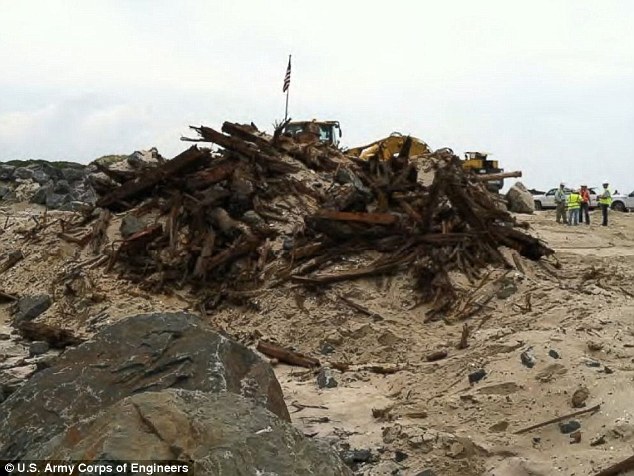
Before World War II, the first container ships were used to carry baggage from luxury passenger trains from London to Paris. The containers were then loaded in London or Paris and were carried to ports.
Cargo ships are still being used today to carry massive bulks of goods. Some of those items cannot fit on either train or planes, resulting in the cargo ships being the only viable means of transportation.